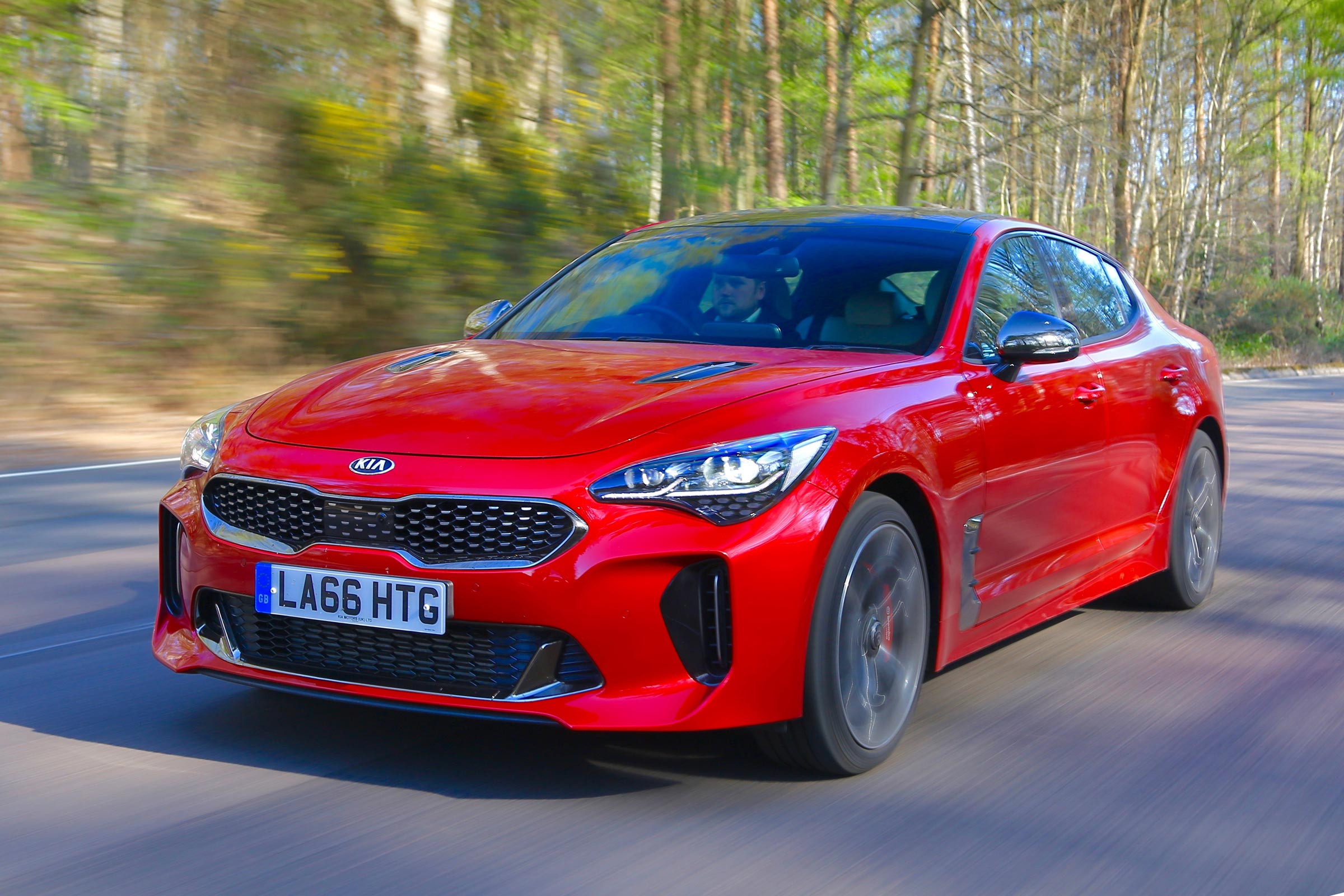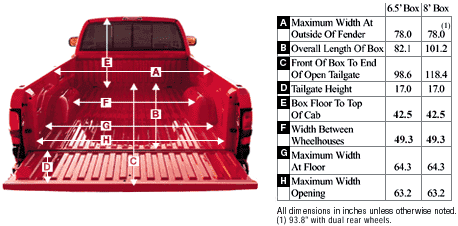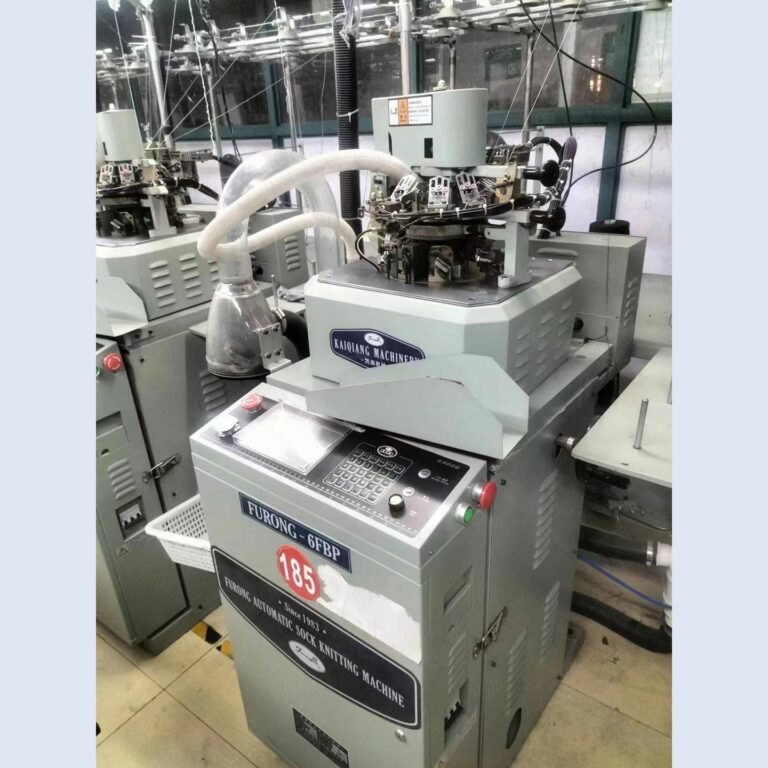Stinger Car Brand: The Audacious Grand Tourer That Redefined Kia
Stinger Car Brand: The Audacious Grand Tourer That Redefined Kia cars.truckstrend.com
When one hears the term "Stinger Car Brand," a common misconception often arises. The Stinger is not a standalone automotive brand in itself, but rather a groundbreaking and highly significant model produced by the South Korean automaker, Kia Motors. The Kia Stinger burst onto the global stage as a bold declaration of intent, a visceral statement that Kia was no longer content to merely compete in the value-for-money segment. Instead, it was ready to challenge established premium performance sedans, blending stunning design, exhilarating power, and impressive practicality into a single, compelling package.
The Stinger’s importance cannot be overstated. It served as a halo car for Kia, proving the brand’s engineering prowess, design maturity, and commitment to driving dynamics. It shattered preconceived notions about what a Kia could be, forcing enthusiasts and critics alike to take a fresh, serious look at a manufacturer previously known more for practicality than passion. This article will delve deep into the Kia Stinger, exploring its genesis, design, performance, technology, market impact, and lasting legacy, providing a comprehensive guide to this remarkable vehicle.
Stinger Car Brand: The Audacious Grand Tourer That Redefined Kia
The Genesis of the Stinger: Kia’s Audacious Vision
The journey of the Kia Stinger began long before its 2017 debut. Under the transformative leadership of Chief Design Officer Peter Schreyer, Kia had been steadily shedding its economy car image, embracing bold, distinctive designs. However, the brand still lacked a true performance flagship, a vehicle that could showcase its ultimate capabilities and elevate its perception globally.
The concept for the Stinger emerged from the GT Concept, first unveiled at the 2011 Frankfurt Motor Show. This sleek, rear-wheel-drive concept hinted at Kia’s ambitions. The decision to bring such a vehicle to production was audacious, especially for a brand without a deep heritage in performance luxury. The goal was clear: to create a genuine grand tourer that offered a compelling alternative to European stalwarts like the BMW 4 Series Gran Coupe and Audi A5 Sportback, but at a more accessible price point. Albert Biermann, former head of BMW M engineering, was brought in to fine-tune the Stinger’s chassis and dynamics, signaling Kia’s serious commitment to performance. The Stinger was not just a car; it was a mission to redefine Kia’s brand identity.
Design and Aesthetics: A Grand Tourer’s Allure
From the moment it was unveiled, the Kia Stinger captivated with its striking design. Penned by Kia’s European design studio under the guidance of Peter Schreyer and Gregory Guillaume, its aesthetic perfectly embodied the grand tourer philosophy: long, low, and wide, with a fastback silhouette that seamlessly blended the sportiness of a coupe with the practicality of a sedan.
Exterior Highlights:

- Fastback Profile: The defining characteristic, giving it a sleek, aerodynamic, and aggressive stance.
- Signature "Tiger-Nose" Grille: Reimagined with a wider, more assertive presence, flanked by intricate LED headlights.
- Functional Air Vents: Integrated into the front fenders and hood, contributing to both aesthetics and aerodynamics.
- Muscular Haunches: Emphasizing its rear-wheel-drive architecture and powerful stance.
- Quad Exhaust Tips: A clear visual cue to its performance capabilities.
- Full-Width Taillight Bar (Post-facelift): Modernized the rear, giving it a more cohesive and sophisticated look.

Interior Ambiance:
The interior of the Stinger was a significant leap forward for Kia, showcasing premium materials and a driver-focused cockpit.

- Horizontal Layout: Emphasized width and spaciousness.
- Aviation-Inspired Vents: A distinctive design element.
- Premium Materials: Soft-touch surfaces, real stitching, brushed aluminum accents, and available Nappa leather upholstery created an upscale feel.
- Ergonomics: Controls were logically placed and intuitive to use.
- Practicality: Despite its sleek profile, the fastback design allowed for a surprisingly capacious cargo area with the rear seats folded down.
Performance and Powertrain: Unleashing the Beast
At the heart of the Kia Stinger’s appeal was its compelling performance, delivered through a choice of potent powertrains.
Engine Options:
- 2.0-liter Turbocharged Four-Cylinder (Theta II): This entry-level engine offered a respectable 255 horsepower and 260 lb-ft of torque. It provided brisk acceleration and good fuel economy, making it a capable daily driver.
- 3.3-liter Twin-Turbocharged V6 (Lambda II): This was the flagship engine, truly defining the Stinger’s performance credentials. It produced a robust 365 horsepower and 376 lb-ft of torque (later updated to 368 hp for some markets and model years), propelling the Stinger GT from 0-60 mph in a blistering 4.7 seconds. This engine was smooth, powerful, and delivered a satisfying exhaust note.
Transmission and Drivetrain:
Both engines were paired with an excellent 8-speed automatic transmission, which provided smooth, quick shifts. The Stinger was available with both rear-wheel drive (RWD), emphasizing its sporty character, and an advanced all-wheel drive (AWD) system that featured dynamic torque vectoring, enhancing grip and handling in various conditions. RWD GT models often included a mechanical limited-slip differential (LSD) for improved traction during spirited driving.
Chassis and Dynamics:
The Stinger’s chassis was meticulously engineered for a balance of comfort and sportiness.
- Suspension: Featuring a MacPherson strut front and a multi-link rear suspension. GT models benefited from an electronically controlled adaptive suspension (Dynamic Stability Damping Control) that allowed drivers to tailor the ride firmness to their preferences.
- Braking: Brembo high-performance brakes with four-piston front calipers and two-piston rear calipers were standard on GT models, providing excellent stopping power and fade resistance.
- Driving Experience: Reviewers consistently praised the Stinger for its engaging handling, precise steering, and impressive composure at high speeds, truly living up to its grand tourer aspirations.
Technology and Safety: Innovation Meets Protection
The Kia Stinger was packed with modern technology and a comprehensive suite of safety features, ensuring a connected, convenient, and secure driving experience.
Infotainment and Connectivity:
- Touchscreen Display: Early models featured an 8-inch touchscreen, later updated to a larger 10.25-inch unit in the facelifted versions.
- Connectivity: Standard Apple CarPlay and Android Auto integration.
- Navigation: Integrated turn-by-turn navigation system.
- Premium Audio: An available 15-speaker Harman Kardon premium audio system delivered rich, immersive sound.
- Head-Up Display (HUD): Projected key driving information onto the windshield for minimal driver distraction.
Advanced Driver-Assistance Systems (ADAS):
Kia equipped the Stinger with a full array of safety technologies, often standard on higher trims.
- Forward Collision Avoidance Assist (FCA): With pedestrian detection.
- Lane Keeping Assist (LKA) & Lane Following Assist (LFA): Helped keep the vehicle centered in its lane.
- Blind-Spot Collision Warning (BCW) & Rear Cross-Traffic Collision Warning (RCCW): Enhanced situational awareness.
- Smart Cruise Control with Stop & Go (SCC): Maintained a set distance from the vehicle ahead, even in stop-and-go traffic.
- Driver Attention Warning (DAW): Monitored driver fatigue.
- Surround View Monitor (SVM): Provided a 360-degree view around the vehicle for easier parking and maneuvering.
Safety Ratings: The Stinger consistently earned high safety ratings from organizations like the IIHS (Insurance Institute for Highway Safety) and NHTSA (National Highway Traffic Safety Administration), reinforcing its commitment to occupant protection.
Trim Levels and Evolution: A Stinger for Every Desire
The Kia Stinger was offered in various trim levels, allowing buyers to choose a configuration that best suited their needs and budget. While specific trims might vary slightly by market and model year, common iterations included:
- GT-Line: Typically the entry-level, featuring the 2.0L turbocharged engine but adopting the aggressive styling cues of the GT models.
- GT: The core performance model, equipped with the 3.3L twin-turbo V6.
- GT1 / GT2: Higher-tier GT models that added more luxury features, advanced safety tech, adaptive suspension, and other premium enhancements.
Mid-Cycle Refresh (Facelift):
In 2020 (for the 2021 model year in some markets), the Stinger received a significant mid-cycle refresh. While the core mechanicals remained largely the same, the update brought:
- Revised exterior lighting (new LED daytime running lights, full-width taillight bar).
- New wheel designs.
- Upgraded interior materials and trim options.
- A larger 10.25-inch infotainment screen.
- Enhanced ADAS features.
- For some markets, the 2.0L engine was replaced by a more powerful 2.5L turbocharged four-cylinder, and the 3.3L V6 received a slight power bump and new exhaust tips for a more aggressive sound.
Ownership Experience and Market Position: A Unique Proposition
The Kia Stinger offered a unique value proposition in the automotive market. It delivered performance, style, and features typically found in significantly more expensive German luxury sedans, but at a more attainable price.
Value: For its performance, technology, and interior quality, the Stinger was widely considered a bargain. It allowed enthusiasts to access a true performance grand tourer without breaking the bank.
Reliability & Warranty: Kia’s reputation for reliability and its industry-leading warranty (e.g., 10-year/100,000-mile powertrain warranty in the US) provided peace of mind to owners.
Target Audience: The Stinger appealed to buyers seeking a blend of performance, practicality, and distinctive style, often those who desired something different from the ubiquitous luxury brands.
Competitors: Its primary rivals included the BMW 4 Series Gran Coupe, Audi A5 Sportback, and its corporate cousin, the Genesis G70. While it might not have had the same brand cachet, it often matched or exceeded them in terms of raw performance and feature content for the price.
Challenges and Legacy: The Stinger’s Enduring Impact
Despite its critical acclaim and enthusiastic reception, the Kia Stinger faced significant challenges that ultimately led to its discontinuation.
Challenges:
- Brand Perception: Overcoming the ingrained perception of Kia as a budget brand proved difficult for some luxury car buyers.
- Declining Sedan Market: The global shift towards SUVs and crossovers significantly eroded the market for traditional sedans, including performance-oriented ones.
- Internal Competition: The rise of Kia’s own EV lineup, particularly the acclaimed EV6 GT, offered a new high-performance halo car that aligned with future market trends.
- Niche Market: The performance grand tourer segment is inherently smaller than mass-market segments.
Legacy:
The Stinger’s production ended in 2023, making it a relatively short-lived but incredibly impactful model. Its legacy is profound:
- Redefined Kia: It fundamentally changed public perception of the brand, demonstrating Kia’s capability to produce world-class performance vehicles.
- Paved the Way: The Stinger laid the groundwork for future performance-oriented Kias, including the EV6 GT, which inherits much of the Stinger’s spirit and commitment to driving excitement.
- Engineering Showcase: It served as a testament to Kia’s design, engineering, and manufacturing prowess.
- Future Classic: Given its unique position, performance, and limited production run, the Kia Stinger is poised to become a sought-after future classic among enthusiasts.
Practical Advice and Actionable Insights
For those considering purchasing a Kia Stinger, especially on the used market, or for current owners, here’s some practical advice:
For Prospective Buyers (Used Stinger):
- Inspect Thoroughly: Pay close attention to tire wear (especially on performance models), brake condition (Brembos can be expensive to replace), and overall exterior/interior condition.
- Service History: Demand a complete service history. Regular oil changes are crucial for turbocharged engines.
- V6 Considerations: The 3.3L twin-turbo V6 is robust, but listen for any unusual noises from the turbos.
- Transmission Check: Ensure smooth shifts in all modes and no hesitation.
- Test Drive: Push the car through various driving scenarios to check for rattles, squeaks, and proper function of all systems (ADAS, infotainment).
- Trim Level: Decide if the full GT experience with the V6 is essential, or if the 2.0L/2.5L GT-Line offers enough performance for your needs and budget.
- AWD vs. RWD: Consider your climate and driving style. AWD offers better all-weather traction; RWD provides a purer driving feel.
For Current Owners:
- Adhere to Maintenance Schedule: Especially for oil changes and tire rotations, given the Stinger’s performance capabilities.
- Tire Management: Performance tires can wear quickly, particularly if you drive spiritedly. Monitor tire pressure and tread depth regularly.
- Brake Care: If you have Brembo brakes, be aware of rotor and pad replacement costs. Consider aftermarket options for performance or cost savings.
- Community: Join online forums or owner groups. These communities are invaluable for sharing tips, troubleshooting, and finding trusted mechanics.
- Enjoy the Drive: The Stinger was built to be driven. Take advantage of its grand touring capabilities and dynamic performance.
Stinger Car Brand: Approximate Price Table
Since the Kia Stinger is no longer in production, new car prices are no longer applicable. The table below provides approximate original MSRP ranges for various trims at launch/during its prime, and then estimated used market values. These figures can vary significantly based on model year, mileage, condition, optional packages, and regional market demand.
| Trim Level | Original MSRP Range (Approx.) | Key Features (Launch) | Used Market Value Range (Approx. 2024) |
|---|---|---|---|
| 2.0T GT-Line | $33,000 – $37,000 | 2.0L Turbo I4 (255hp), RWD/AWD, Sporty Styling, 8-speed AT | $18,000 – $28,000 |
| 3.3T GT | $39,000 – $43,000 | 3.3L Twin-Turbo V6 (365hp), RWD/AWD, Brembo Brakes, Sport Suspension | $25,000 – $38,000 |
| 3.3T GT1 | $45,000 – $49,000 | Adds Sunroof, Premium Audio, Advanced Safety Features | $28,000 – $42,000 |
| 3.3T GT2 | $50,000 – $54,000 | Adds Nappa Leather, Head-Up Display, Adaptive Suspension, More ADAS | $32,000 – $48,000 |
| Tribute Edition | ~$54,000 – $55,000 | Limited production final edition (2023), unique paint/interior, GT2 features | $45,000 – $55,000+ (Collector’s Item) |
Note: The "Used Market Value Range" is a broad estimate for vehicles in good condition with average mileage. Actual prices will vary.
Frequently Asked Questions (FAQ) about the Kia Stinger
Q1: Is Stinger a car brand?
A1: No, Stinger is not a car brand. It is a specific model, the Kia Stinger, produced by the South Korean automaker Kia Motors.
Q2: Why was the Kia Stinger discontinued?
A2: The Kia Stinger was discontinued primarily due to declining sales in the sedan market, especially as consumer preferences shifted overwhelmingly towards SUVs and crossovers. Additionally, Kia’s focus has moved towards electrification, with models like the EV6 GT now serving as the brand’s performance flagship.
Q3: Is the Kia Stinger fast?
A3: Yes, particularly the 3.3L twin-turbo V6 GT models. These can accelerate from 0-60 mph in as little as 4.7 seconds, making them genuinely fast and competitive with many sports sedans. The 2.0L/2.5L turbo-four models are also quite brisk.
Q4: Is the Kia Stinger reliable?
A4: Generally, yes. Kia has a strong reputation for reliability, and the Stinger benefits from this. The powertrains are robust, and Kia’s industry-leading warranty (e.g., 10-year/100,000-mile powertrain in the US) provided excellent peace of mind for original owners. As with any performance car, proper maintenance is key to long-term reliability.
Q5: What cars compete with the Kia Stinger?
A5: The Kia Stinger competed with premium sports sedans and grand tourers such as the BMW 4 Series Gran Coupe, Audi A5 Sportback, Mercedes-Benz C-Class, and its corporate sibling, the Genesis G70.
Q6: Is the Kia Stinger good for daily driving?
A6: Absolutely. The Stinger’s grand touring nature means it excels as a daily driver. It offers a comfortable ride, a practical fastback cargo area, a spacious interior, and a host of modern technology and safety features. The AWD option also makes it suitable for various weather conditions.
Q7: Will Kia make another Stinger or a successor?
A7: While Kia has not announced a direct, internal combustion engine (ICE) successor to the Stinger, the spirit of the Stinger lives on in the brand’s performance-oriented electric vehicles, most notably the Kia EV6 GT. This electric crossover offers even more power and acceleration than the Stinger, representing Kia’s new direction for high-performance vehicles.
Concluding Summary: The Stinger’s Enduring Roar
The Kia Stinger was more than just a car; it was a bold statement, a pivotal moment in Kia’s evolution from a value-oriented brand to a serious contender in the performance and design arena. With its breathtaking design, potent powertrains, sophisticated chassis, and generous technology, the Stinger successfully challenged preconceived notions and offered a compelling alternative to established premium marques.
Despite its relatively short production run, the Stinger carved out a significant legacy. It proved Kia’s capability, paved the way for future performance models, and earned a loyal following of enthusiasts who appreciated its unique blend of style, speed, and value. The Kia Stinger will undoubtedly be remembered as the audacious grand tourer that forever changed the perception of what a Kia could be, leaving an indelible mark on automotive history and cementing its place as a future classic. Its roar may have faded from new car showrooms, but its impact continues to resonate.






